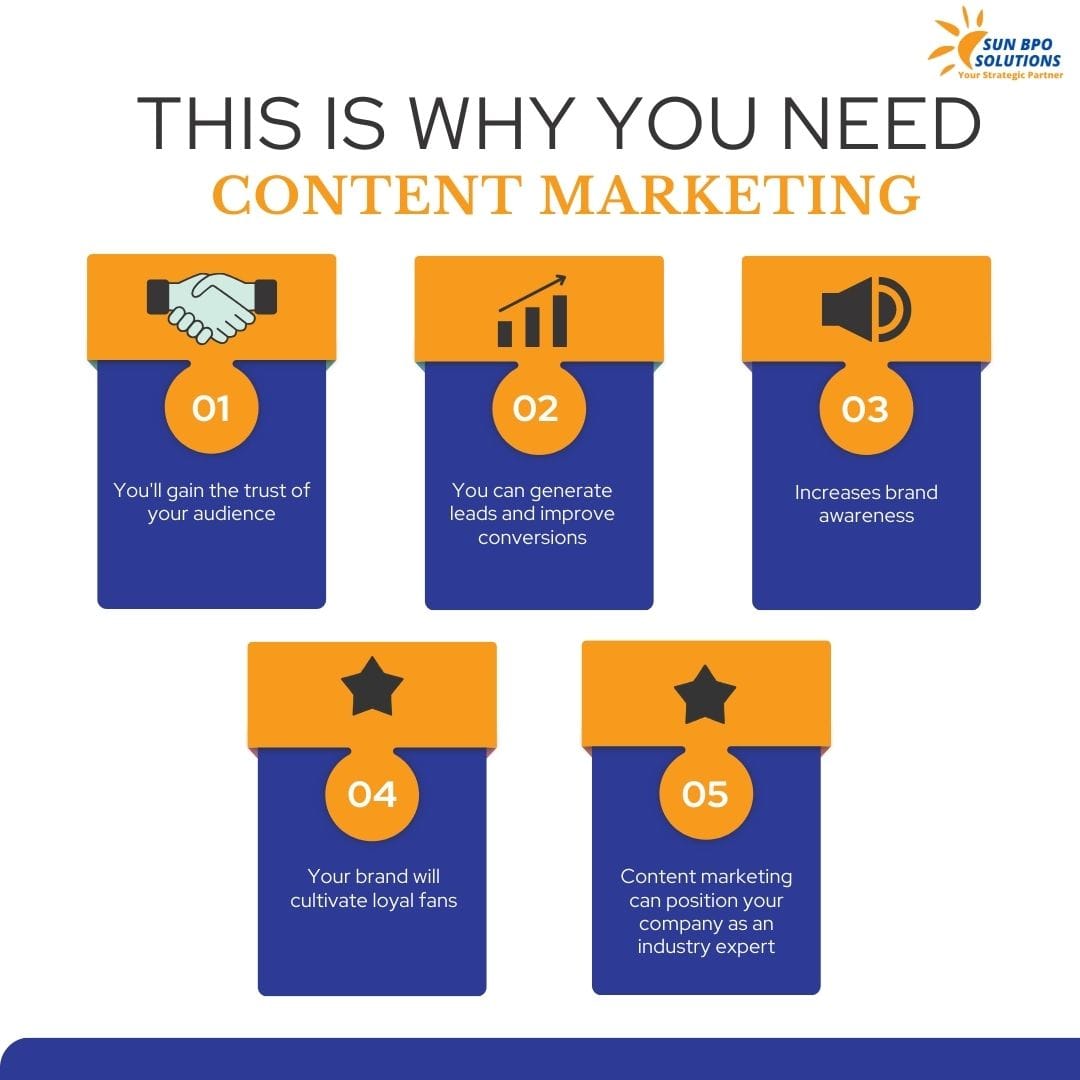Table of Contents
Introduction
In today’s competitive digital space, simply publishing content is no longer enough. If your brand wants to dominate search engine rankings and draw in high-converting traffic, the key lies in a powerful strategy—content gap analysis.
This blog post walks you through how to do a content gap analysis, why it’s critical to your content marketing strategy, and how it helps unlock lucrative SEO opportunities that your competitors might already be leveraging.

What is Content Gap Analysis?
Content gap analysis is the practice of identifying topics, keywords, and content types your competitors rank for, but your website does not. By filling these gaps, you can improve your site’s visibility, attract a more targeted audience, and convert more leads.
Instead of producing content blindly, this strategy ensures your efforts are focused, data-driven, and aligned with what your audience is actively searching for.
🎯 Why Content Gap Analysis Matters for SEO
There are billions of searches happening every day, and your brand is likely missing out on thousands of opportunities if you’re not looking closely at what your competitors are doing.
Here’s how content gap analysis helps:
✅ Discover missed SEO opportunities and win untapped keyword rankings
✅ Elevate your content marketing strategy with intentional, targeted content
✅ Boost website traffic by filling knowledge or topic gaps in your niche
✅ Increase your domain authority by becoming a go-to source for comprehensive content
How to Do a Content Gap Analysis: Step-by-Step
✅ Use tools like Ahrefs, SEMrush, or Moz to identify competitors’ rankings for similar keywords.
✅ Using your preferred SEO tool, run a “Content Gap” or “Keyword Gap” report. This will show all the keywords your competitors rank for—but you don’t.
✅ Each keyword comes with an intent: informational, navigational, or transactional. Match your content type accordingly.
✅Filter by:
- High relevance to your audience
- High monthly search volume
- Medium/low competition
✅Now it’s time to produce or optimize content. Make it better, more engaging, and more useful than what’s already out there.
✅ Measure the results using Google Search Console, keyword ranking tools, and content engagement metrics.
✅ Signs You Have Content Gaps
Still unsure if you need a content gap analysis? Look for these signs:
✔ Competitors rank higher for similar keywords
✔ Your traffic hasn’t grown despite regular publishing
✔ You’re not capturing long-tail keyword traffic
✔ Visitors bounce due to thin or irrelevant content
If you said “yes” to any of these, it’s time to run a full-scale content gap analysis SEO review.
💡 Tips to Maximize SEO Opportunities
🔹Combine your findings with internal linking strategies to improve page authority
🔹Refresh outdated blog posts with new keywords identified through gap analysis
🔹Integrate multimedia like videos, infographics, and interactive tools
🔹 Promote content via email marketing and social media to increase reach
🔮 Future of SEO: Strategic Gap Analysis
The digital space is getting smarter. AI, voice search, and personalized search results are shifting how content ranks. A static content strategy won’t cut it anymore. You’ll need a future-proof content marketing strategy powered by data.
Content gap analysis helps brands stay ahead by:
- Aligning with user intent at every stage of the buyer journey
- Adapting to ever-evolving algorithms
- Identifying niche-specific long-tail keywords
Insights from a Content Gap Analysis
Final Thoughts
If you’re ready to transform your SEO strategy, don’t just guess—analyze. With content gap analysis, you can uncover untapped SEO opportunities, dominate rankings, and turn your blog into a traffic-generating machine.
It’s time to build a content marketing strategy that wins—one keyword gap at a time.
✨ Ready to unlock your website’s full SEO potential? Start with a content gap analysis today and watch your rankings soar!
Share your thoughts in the comments! 🚀
Stay updated with SunBPO Solutions for the latest trends, insights, and strategies to keep your business ahead of the curve!
Frequently Asked Questions (FAQs)
What is the role of content gap analysis in SEO?
It helps identify what topics or keywords your site is missing compared to your competitors, boosting your organic visibility.
How often should I perform a content gap analysis?
Every 3–6 months, or whenever you plan a new content strategy or SEO campaign.
Can this work for small businesses, too?
Yes! Even small websites can benefit by uncovering easy-to-rank, high-intent keywords and producing optimized content.





0 Comments